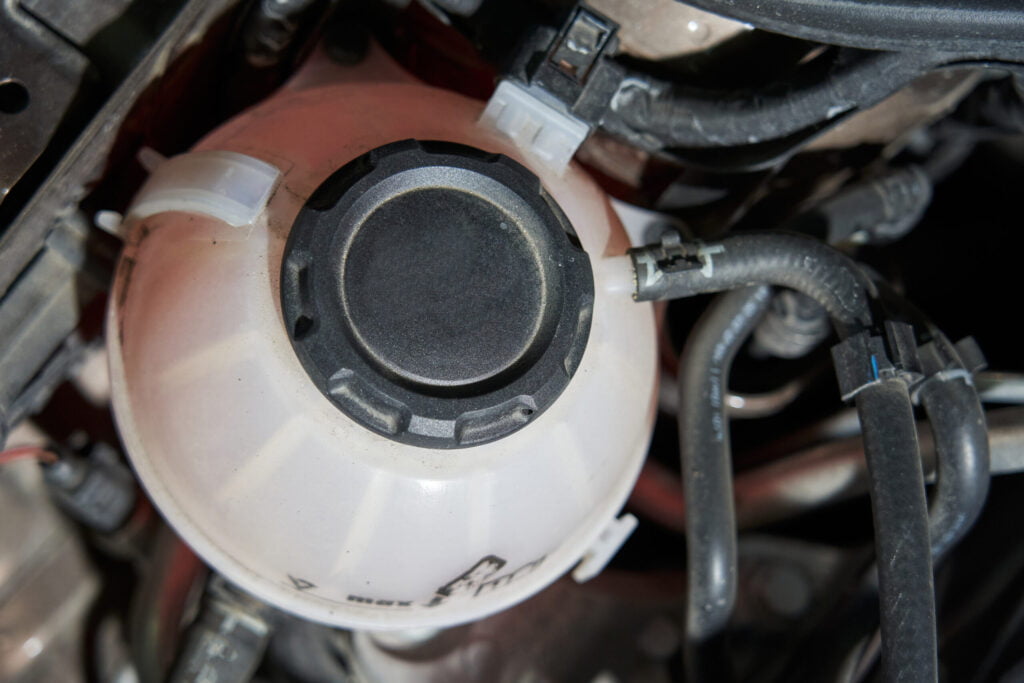When it comes to maintaining the longevity and performance of your vehicle, every component plays a crucial role. Often overlooked but equally significant is the use of grease caps, a simple device with enormous influence on your automobile’s functionality. This specialized type of cap plug is designed to protect key components of automotive equipment by keeping them lubricated and shielded from potential contaminants. Keep reading as we delve deeper into grease caps’ importance, function, selection, proper use, and their integral role in automotive conservation.
The Fundamentals of Grease Caps
Using caps plugs or grease caps as a protective device in automotive equipment is a manifestation of the principle of preventive maintenance. The fundamental functioning of these caps lies in their ability to deliver targeted lubrication to critical parts of the vehicle, such as wheel bearings. These elements are frequently subjected to heat, pressure, and friction, all of which can inflict irreversible damage if not appropriately managed. Grease caps act as a barrier, encapsulating the grease into a confined space, preserving its integrity, and ensuring a steady supply of lubrication.
Besides their primary function of lubrication, grease caps also safeguard the various components from external contaminants. The vehicle’s day-to-day operations expose it to a variety of environmental elements, including dust, water, salt, and several other potentially destructive substances. By encasing appropriate parts in a protective shell, grease caps ward off these unwanted intrusions, thus extending the lifespan and efficiency of the parts.
Lastly, grease caps contribute towards the comprehensive health of the vehicle by reducing the frequency of mandatory maintenance. A well-greased and protected part would naturally last longer and perform better, thus minimizing the need for frequent upkeep and potentially expensive repairs. This subtle but crucial advantage not only fosters the longevity of the vehicle but also ensures significant monetary savings in the long run.
Selection of an Appropriate Grease Cap

The effectiveness of these protective caps largely depends upon the quality and suitability of the chosen product. The selection of an appropriate grease cap should be a considerate process, guided by several key factors such as the type of vehicle, the specifications of the part that requires protection, and the climatic conditions the vehicle operates in.
The first and foremost characteristic to consider while choosing your grease cap is its size. This is of utmost importance, considering that an ill-fitted cap can fall short of delivering the required function. The measurement of the bore, also known as the hub bore, is generally used to determine the right size of the cap.
Following this, the material of the grease cap also plays a significant role in its efficiency. Various materials such as rubber, silicone, and plastic are employed in the production of grease caps, each with unique properties catering to different requisites and conditions. For instance, rubber caps and plugs are best suited for applications that require a good seal, while plastic caps are used for general applications due to their lightweight nature.
Lastly, the type of fit, either push-fit or threaded, carries equal weightage while choosing the most suitable grease cap. A push-fit cap is the best choice for applications that require frequent removal and reinstallation of the cap, whereas threaded caps are ideal for applications that demand a more secure and sealed fit. Careful consideration of all these aspects ensures the selection of an optimal grease cap that complements the health and performance of your vehicle.
Implementing the Use of Grease Caps
Having selected the most suitable grease cap for your requirements, the next crucial step is its installation and use. This can be a simple procedure, provided the right approach is employed. Initially, cleaning the part where the cap will be applied thoroughly is essential. This sets a solid foundation for the functioning of the grease cap by eliminating any pre-existing contaminants or debris.
Following the cleaning process, an adequate amount of grease needs to be applied to the part. Usually, a high-temperature or high-load bearing grease is used depending on the specific requirements. After applying the grease, the cap should be carefully installed onto the part. Always remember to compress the cap slightly while installing it. This compression ensures that the cap snugly fits over the part, creating an airtight seal that protects the grease from environmental exposure.
It’s worth noting that the effective management of these protective caps requires periodical checks and maintenance. A simple act of rotating your tires or inspecting the state of your wheel bearings can set the stage for a quick check-up on your grease caps. Such regular examination allows for the timely detection of any potential issues and ensures the optimum utilization of these essential caps.
Economic and Environmental Impacts
Aside from the direct benefits to the car’s performance and maintenance expenses, the use of grease caps also contributes to the overall economic benefits. The reduced frequencies of scheduled services and the prevention of severe mechanical breakdowns that could lead to hefty replacement costs indirectly but significantly contribute towards saving money. These protective caps also advocate for the concept of the circular economy. By prolonging the longevity of the crucial parts, the demand for part replacements is decreased, which lessens the pressure on the manufacturing and supply chain processes.
From an environmental perspective, these caps’ prevention of lubricant leakage and the extension of part life span are significant. These aspects reduce waste generation and the associated environmental impacts of disposal. In a world increasingly dominated by sustainable development principles, employing these simple devices is a commendable step towards reducing our carbon footprint.
An aspect that deserves mention within this context is the recyclability of these caps. Majority of the materials used in the production of these caps, such as rubbers and certain plastics, can be recycled, thus further advocating for their use as a sustainable protective device.
The Importance of Quality Control
The manufacturing process of grease caps, like any other product, is subjected to an extensive quality control procedure. This process ensures that the produced caps meet the pre-set standards of functionality and durability. There are various tests that these caps undergo during the production phase, such as dimensional tests, hardness tests, burst tests, and many more, depending on the specific requirements.
It’s crucial to source these caps from a reliable manufacturer who complies with these quality control procedures. This is fundamental to ensuring the effectiveness of the cap in safeguarding and lubricating the parts they are meant to protect. A quality grease cap and correct installation and maintenance can undeniably add years to a vehicle’s life expectancy.
Quality control doesn’t end with the manufacturing process. Its significance extends to the eventual use and maintenance of the grease caps. Drivers and maintenance crews must ensure that the caps are installed and functioning correctly and do not show any wear and tear. Regular checks and proper cleaning can ensure that the cap continues to perform its protective role effectively.
The Future of Grease Caps

In view of the growing demands and evolving automotive technologies, the future of grease caps looks promising. The pendulum of progress sways towards advancements that innovate not only in terms of design but also in terms of the materials used. For instance, we might see the development of biodegradable plastic grease caps that uphold their protective function but decompose naturally post-usage.
Moreover, with the advancement of electric and hybrid vehicle technologies, the requirements for protective devices like grease caps could change dramatically. Contemporary vehicle designs are expected to incorporate cutting-edge technologies that require high-performing and optimized grease caps suitable for new types of bearings and motor assemblies.
The importance of grease caps extends beyond their simple design and perceived function. They are integral to automotive conservation, contributing to vehicle maintenance, performance, and life span. By understanding and valuing their capabilities, we can harness their potential for economic benefit and a sustainable future.




